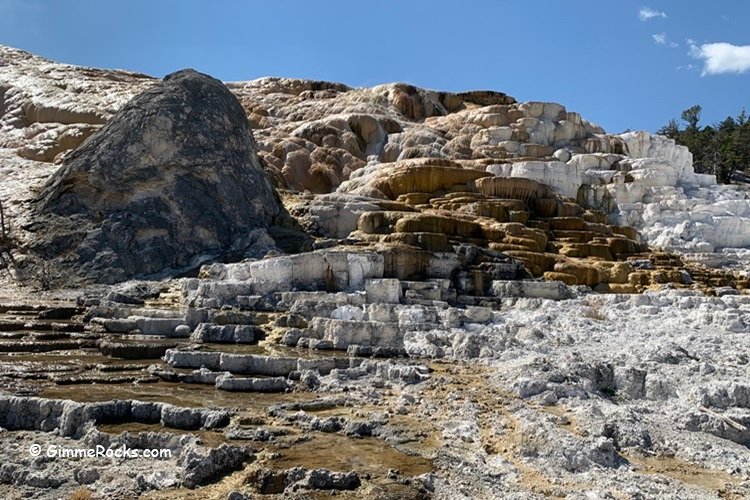
When I first visited Mammoth Hot Springs in Yellowstone National Park, I couldn't believe my eyes. It felt like I had stepped onto another planet—without needing Musk or Bezos to book me a trans-galactic flight.
When I stood there, surrounded by the smell of sulfur and the sound of bubbling water, I felt connected to something ancient and powerful.
The terraces, with their bright whites, oranges, and yellows, looked like an artist had sculpted them, but they were all made by Mother Nature.
Let me take you on a quick tour of this fantastic place within one of the most famous national parks in the world. And trust me, if you ever plan to visit, you'll want to experience this for yourself.
When you visit Mammoth, the nearest entry point is the North Entrance of Yellowstone National Park in Gardener, Montana. Travel down US-89 to reach the hot springs.
Important disclaimer: While Mammoth Hot Springs is technically a hot spring, there is no soaking—so leave the bathing towels at home.
What Makes Mammoth Hot Springs So Special?
Mammoth's terraces are made of travertine, a type of limestone. Here's how it works:
- Hot springs bring heated water up to the surface from underground. This water stays at a constant temperature of about 163°F (73°C) year-round.
- The water dissolves the limestone and carries it along.
- When the water cools, it leaves behind the travertine, forming the unique terraces.
This process never stops. The thermal features of Mammoth are constantly changing. Scientists estimate that the terraces grow at an average rate of 8 inches (20 cm) per year in active areas, though some spots can build up as much as 2 feet (60 cm) annually.
Geologists believe the Mammoth Hot Springs terraces have been forming for about 8,000 years. That’s older than many civilizations!
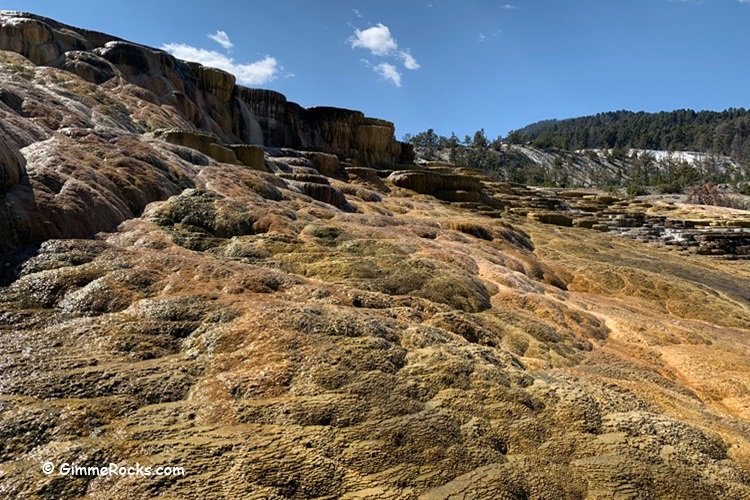
Highlights You Shouldn't Miss
When you visit Yellowstone, there are a few spots at Mammoth Hot Springs that you have to check out. Let me give you a quick list:
Minerva Terrace: This is one of the most famous spots at this site. It's named after the Roman goddess of art because it looks like a masterpiece. My first stop here was about 30 minutes just looking and admiring the patterns and colors.
Liberty Cap: This cone-shaped formation stands 37 feet (11 meters) tall. It’s an ancient hot spring vent that has been dormant for years, but it is still an impressive geological formation.
Palette Spring: This one is colorful and vibrant, thanks to the bacteria and algae that thrive in the hot springs.
Stay Safe While You Explore
Mammoth Hot Springs is beautiful, but it's also dangerous; its fragile, thin ground conceals boiling water and scalding mud exceeding 200°F (93°C).
Here's what you need to do to stay safe:
- Stay on the boardwalks at all times.
- Don't touch the water; it's hot enough to burn you.
- Keep your pets out of the area.
More than 20 people have died from accidents in Yellowstone’s geothermal areas, and hundreds more have been badly burned. So, please follow the park rules and stay safe.
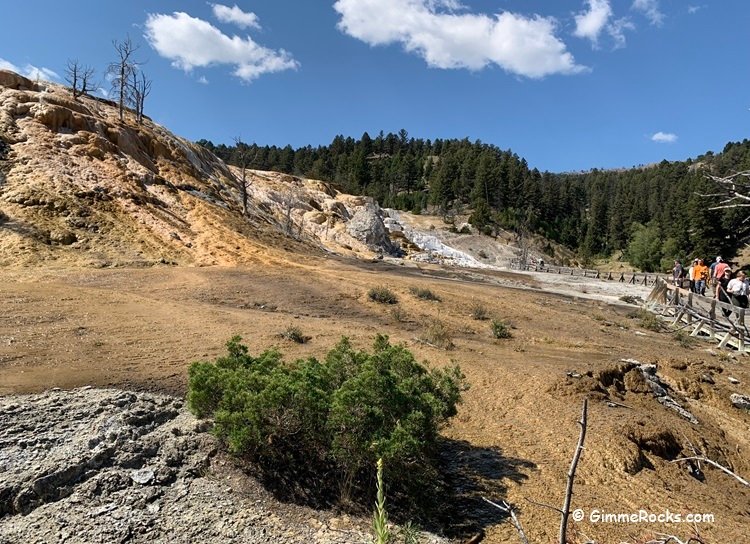
Why Mammoth Is Always Changing
One thing I love about Mammoth Hot Springs is how unpredictable it is. The thermal features here don't have a fixed "plumbing system." Water flows underground through cracks in the limestone, but those cracks can shift.
If a crack gets blocked, a spring might dry up. If a new crack opens, water might start flowing somewhere new.
Geologists estimate that the underground water-feeding Mammoth comes from the Gallatin Range, located to the northwest. This water could have been traveling underground for 60 to 10,000 years before surfacing here.
Colors and Life in the Springs
The terrace's colors come from tiny organisms that live in the hot springs. These microorganisms, called thermophiles, thrive in temperatures that would kill most life.
Thermophiles also extract calcium and carbon dioxide from the water, contributing to terrace-building.
Here is what causes colors at Mammoth:
- Orange and brown colors come from heat-loving bacteria.
- Green colors appear in cooler water areas where algae can grow.
- White areas are inactive parts of the terraces, where no water flows, leaving only the travertine.
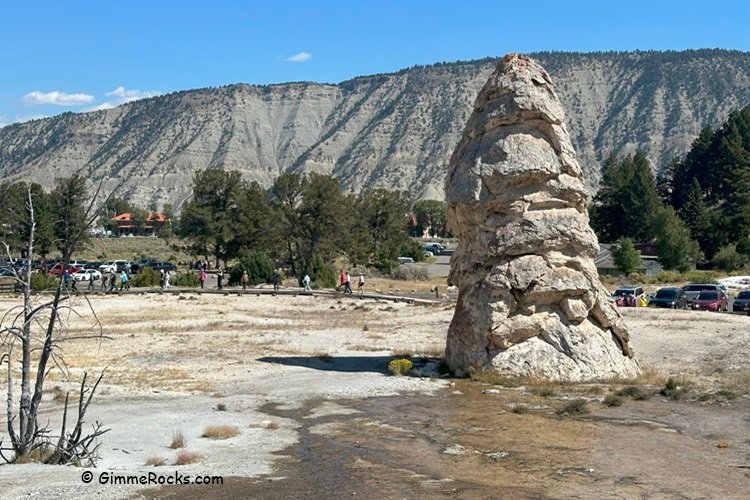
Planning Your Visit
If you are thinking about visiting Mammoth Hot Springs, here are some tips to make your trip better:
- Walk the boardwalks: The Lower Terraces loop is about 1.8 miles (2.9 km) with an elevation climb of 300 feet (90 meters). It’s a great way to explore features like Liberty Cap and Minerva Terrace.
- Drive the Upper Terrace Loop: This one-way road gives you a different view of the terraces. It's about 0.75 miles (1.2 km) long and open from mid-May to early November.
- Talk to a ranger: They can tell you which hot springs are most active during your visit.
I also recommend downloading the NPS app before you go. It's super helpful for navigating Yellowstone National Park.
Why Mammoth Hot Springs is called that?
The name "Mammoth" was likely inspired by the large size of the travertine formations and the hot springs, which some thought resembled mammoth tusks or bones.
In the late 19th century, the word “mammoth” was commonly used to describe anything grand or impressive, so that might have been the reason for the name.
Another theory is the name may have been influenced by the large herds of bison in the area, often referred to as “mammoths” because of their size and presence.
However, it’s important to remember that this name was given by European-American settlers, not the Nez Perce or Crow tribes, who used the springs for spiritual and medicinal purposes.
Historic Fort Yellowstone
Fort Yellowstone, built in the late 19th century, was the park's headquarters during a time when the U.S. Army was responsible for protecting Yellowstone from poaching, vandalism, and illegal resource exploitation.
From 1886 to 1918, soldiers stationed at Fort Yellowstone enforced park regulations, built roads, and preserved its natural beauty.
The fort's buildings, made from local materials, are now made into offices or to house the year-round park personnel.
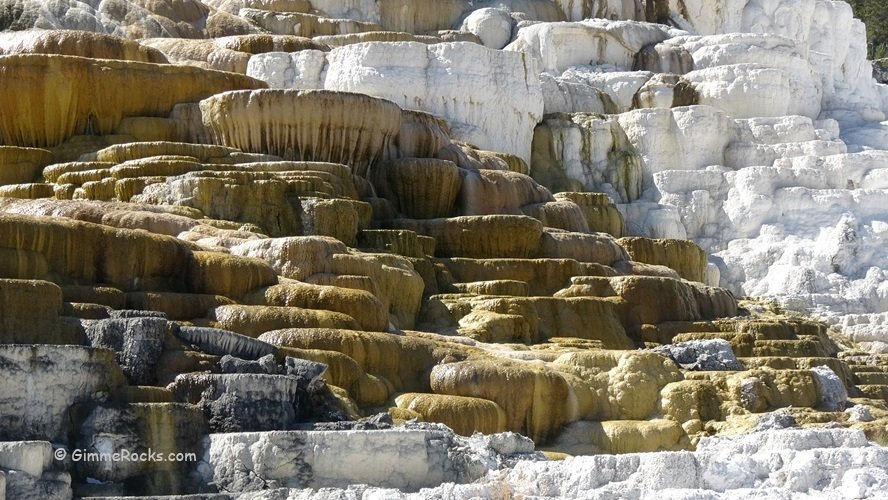
Mammoth Hot Springs Lodging
The closest lodging to the Mammoth Hot Spring is the Mammoth Hot Springs Hotel & Cabins.
The Mammoth Hot Springs Hotel & Cabins, initially built in 1936, is a charming and historic lodging experience near Yellowstone’s north entrance.
The hotel, featuring classic Art Modern design, offers comfortable rooms, cozy cabins, and year-round access to the stunning terraces of Mammoth Hot Springs—an ideal base for park exploration.
You May Also Like
Reference:

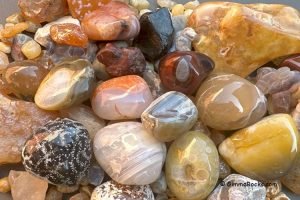
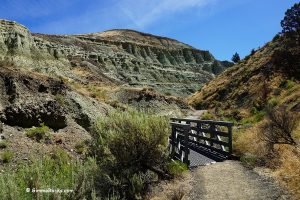
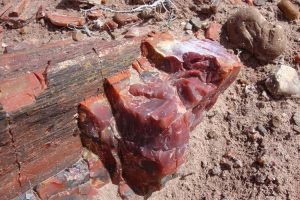
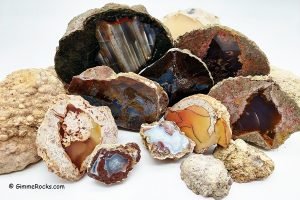
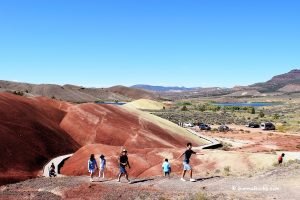
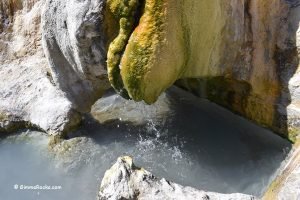
I like the valuable info you provide in your articles.
I’ll bookmark your blog and check again here regularly.
I’m quite certain I’ll learn lots of new stuff right here!
Good luck for the next!